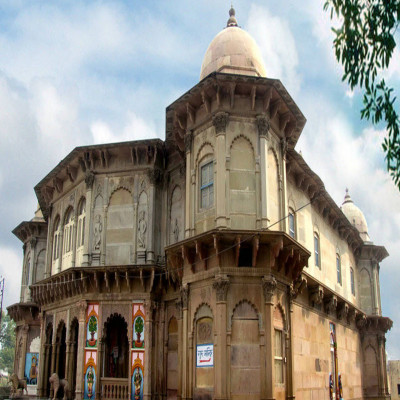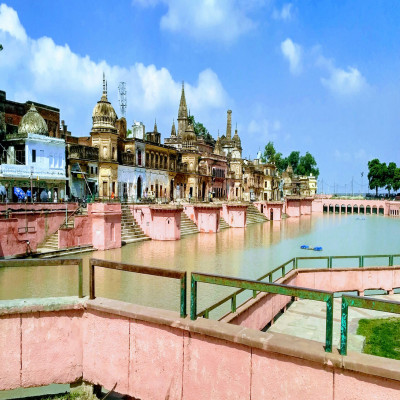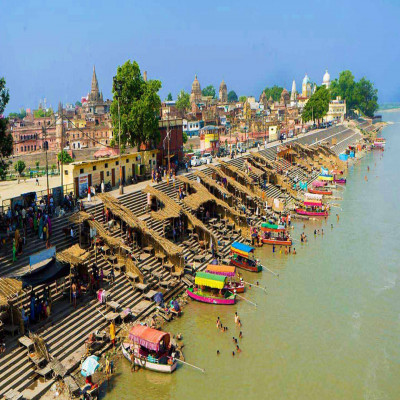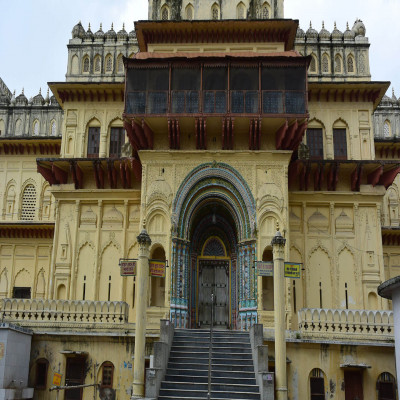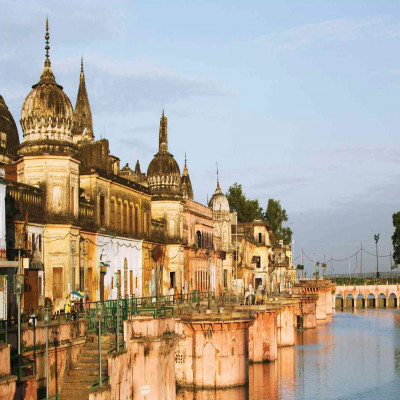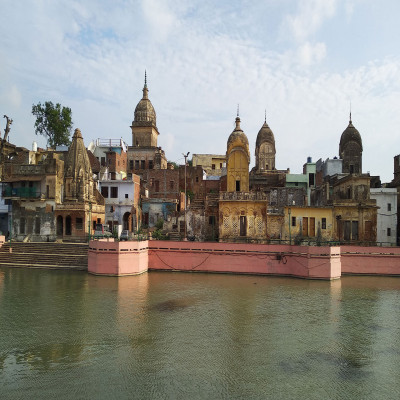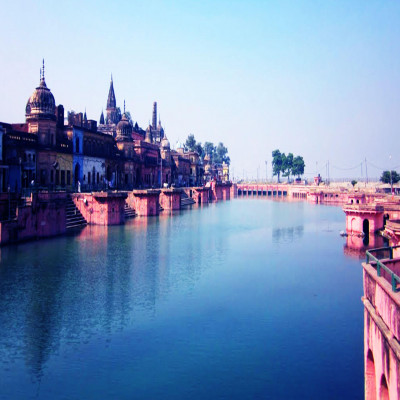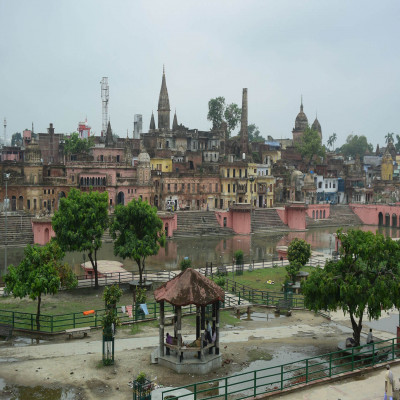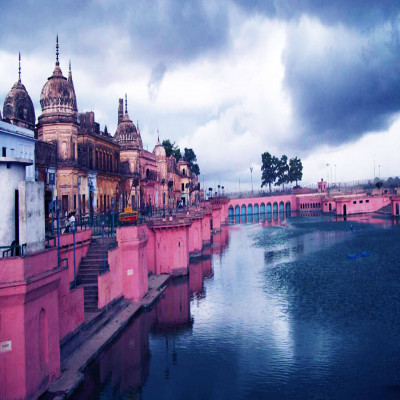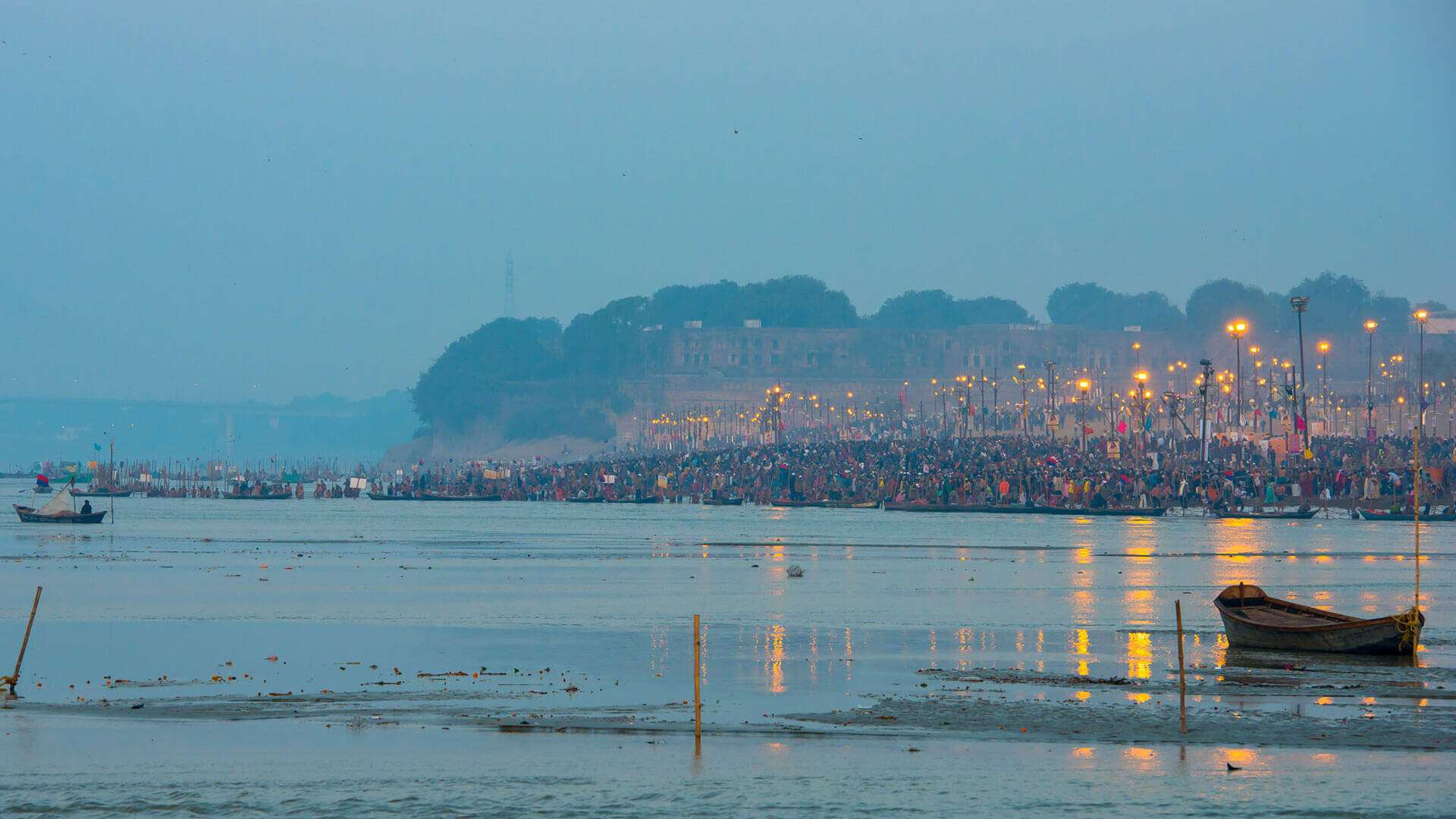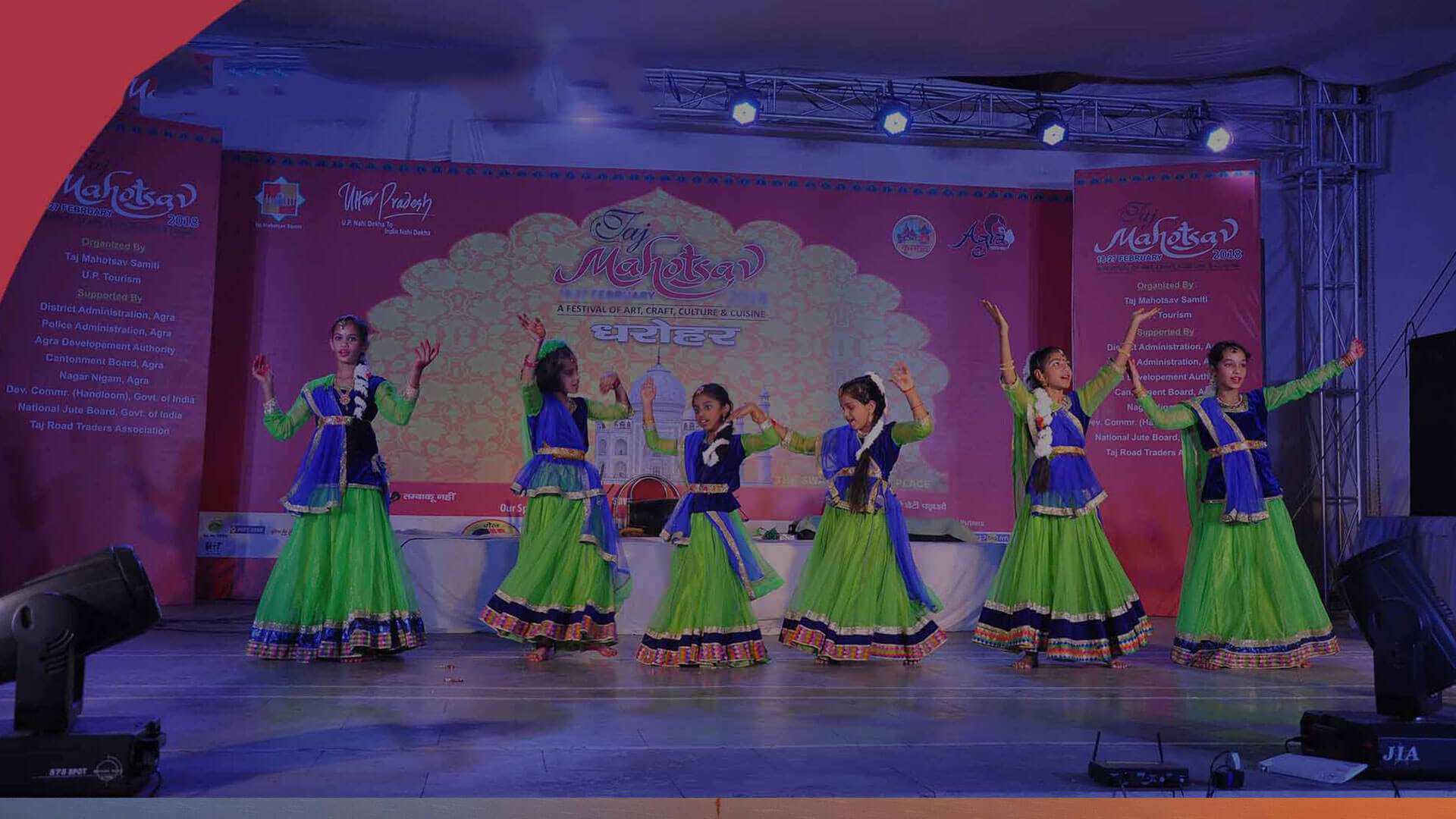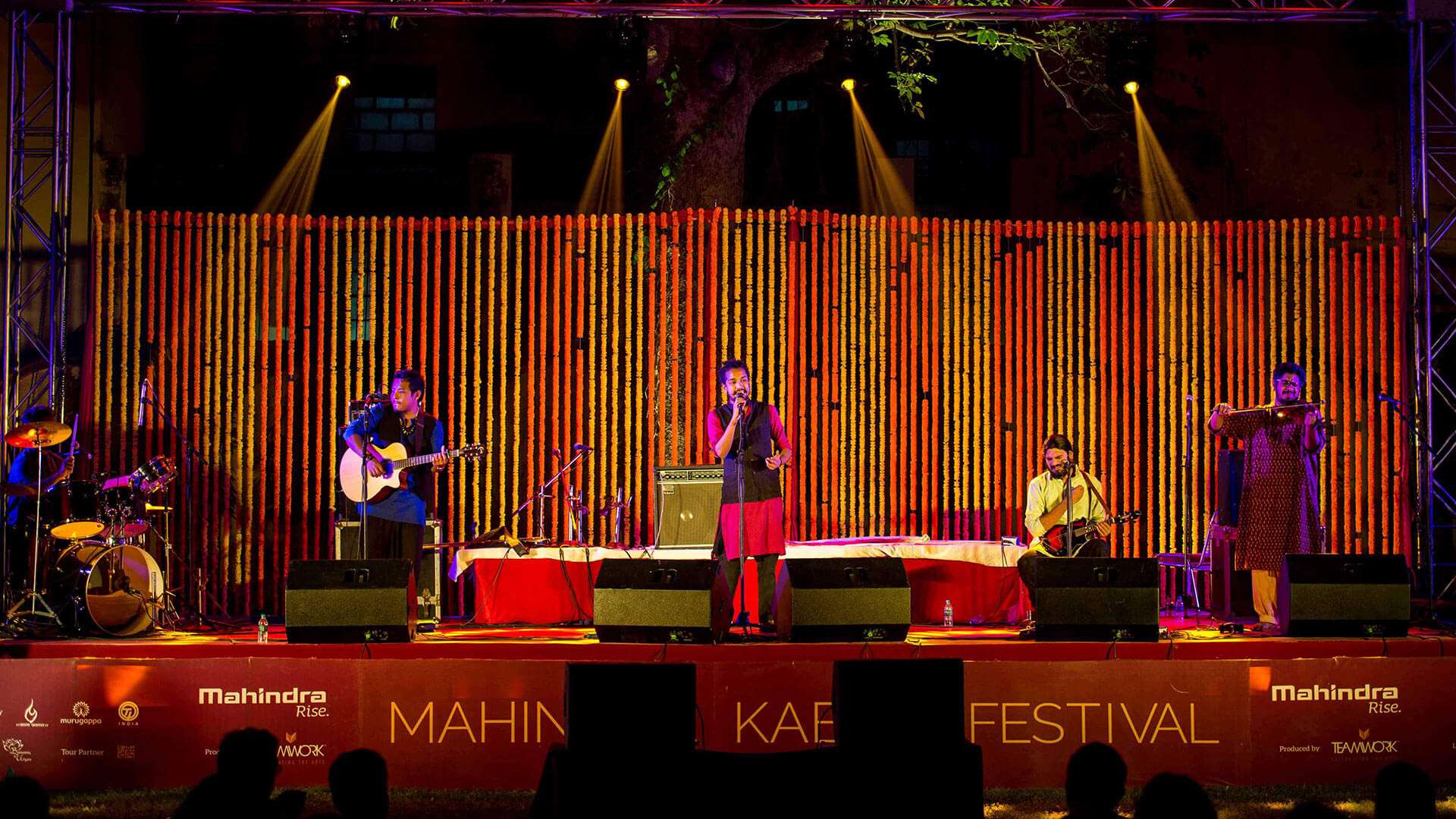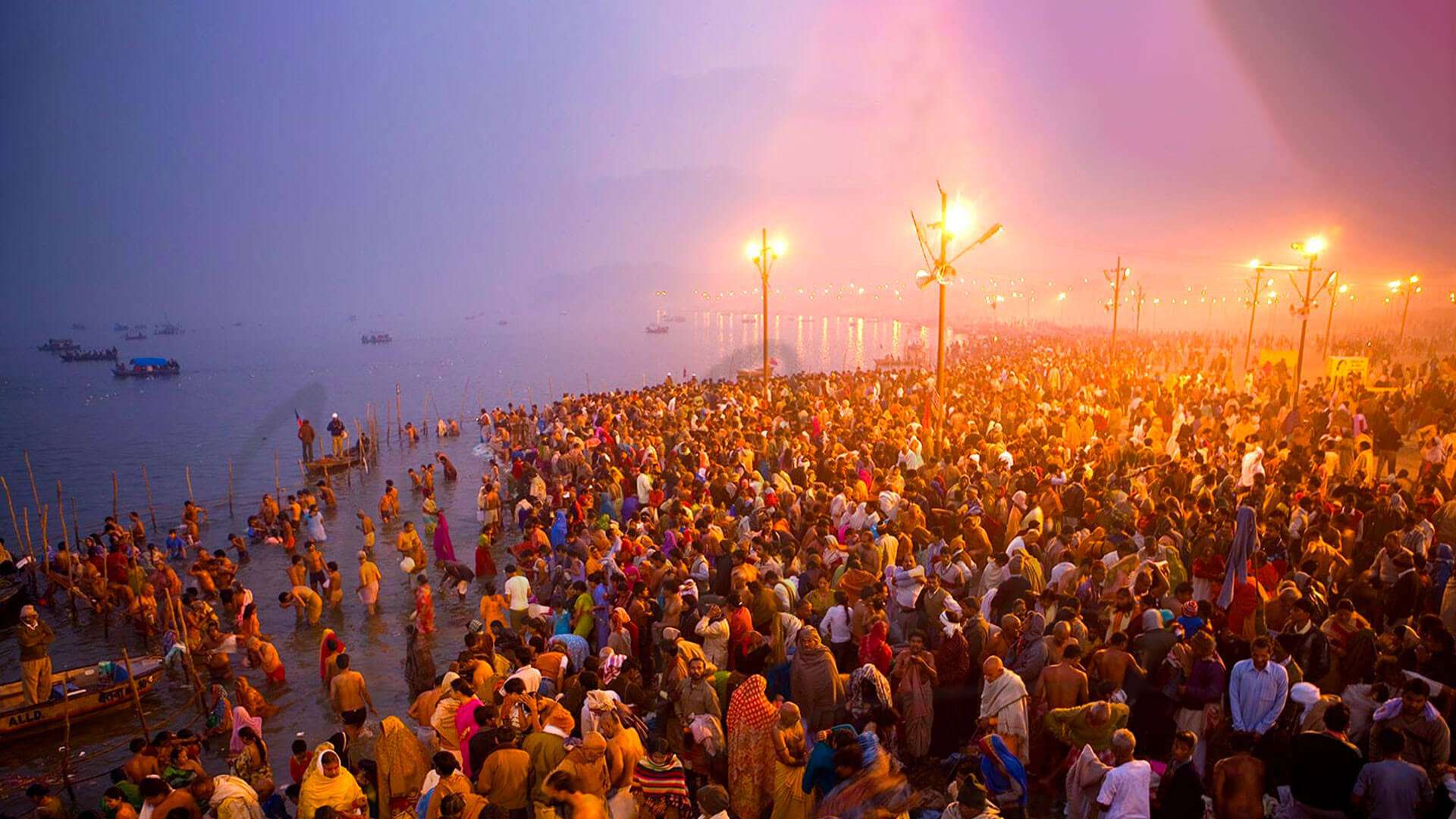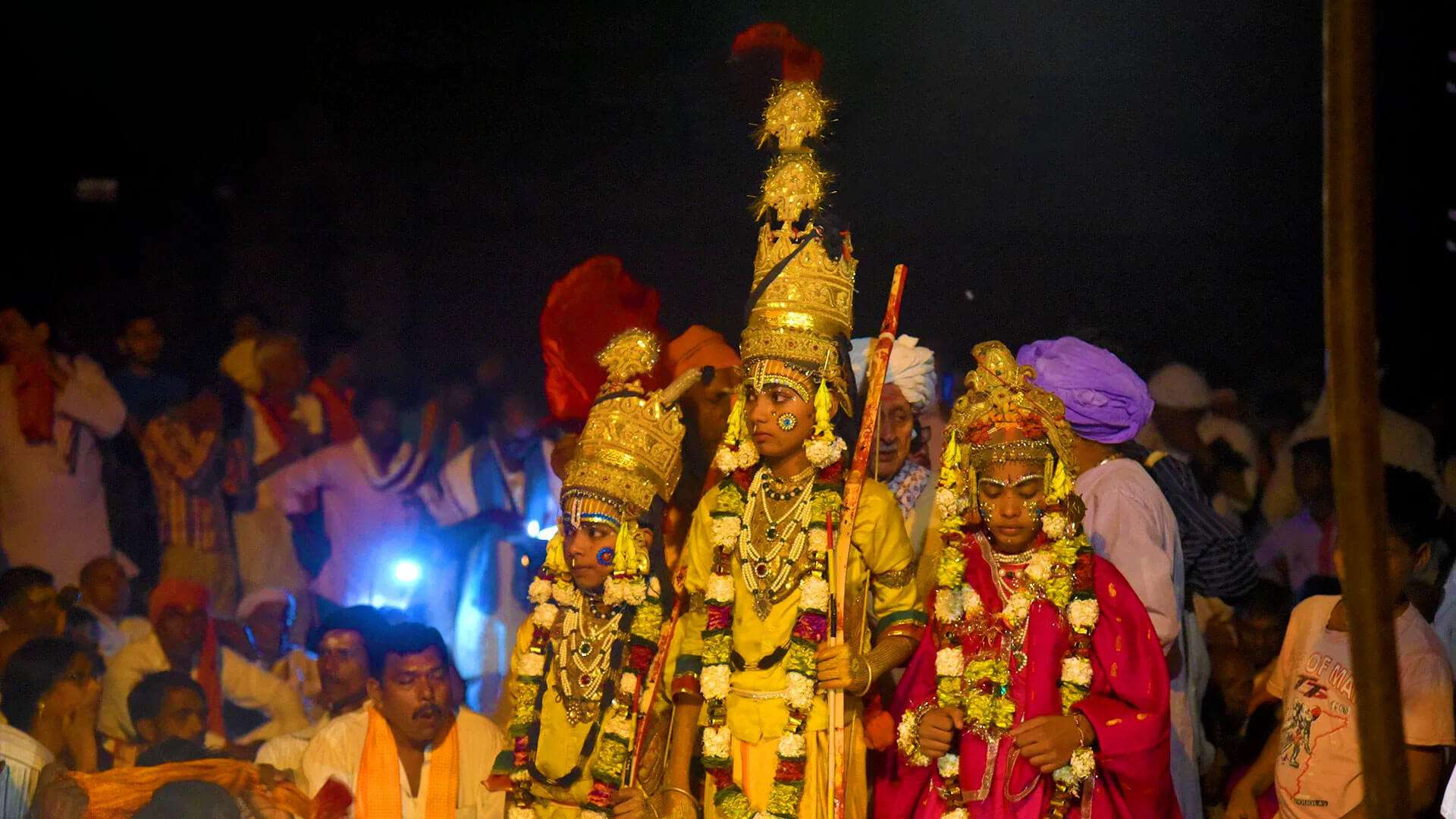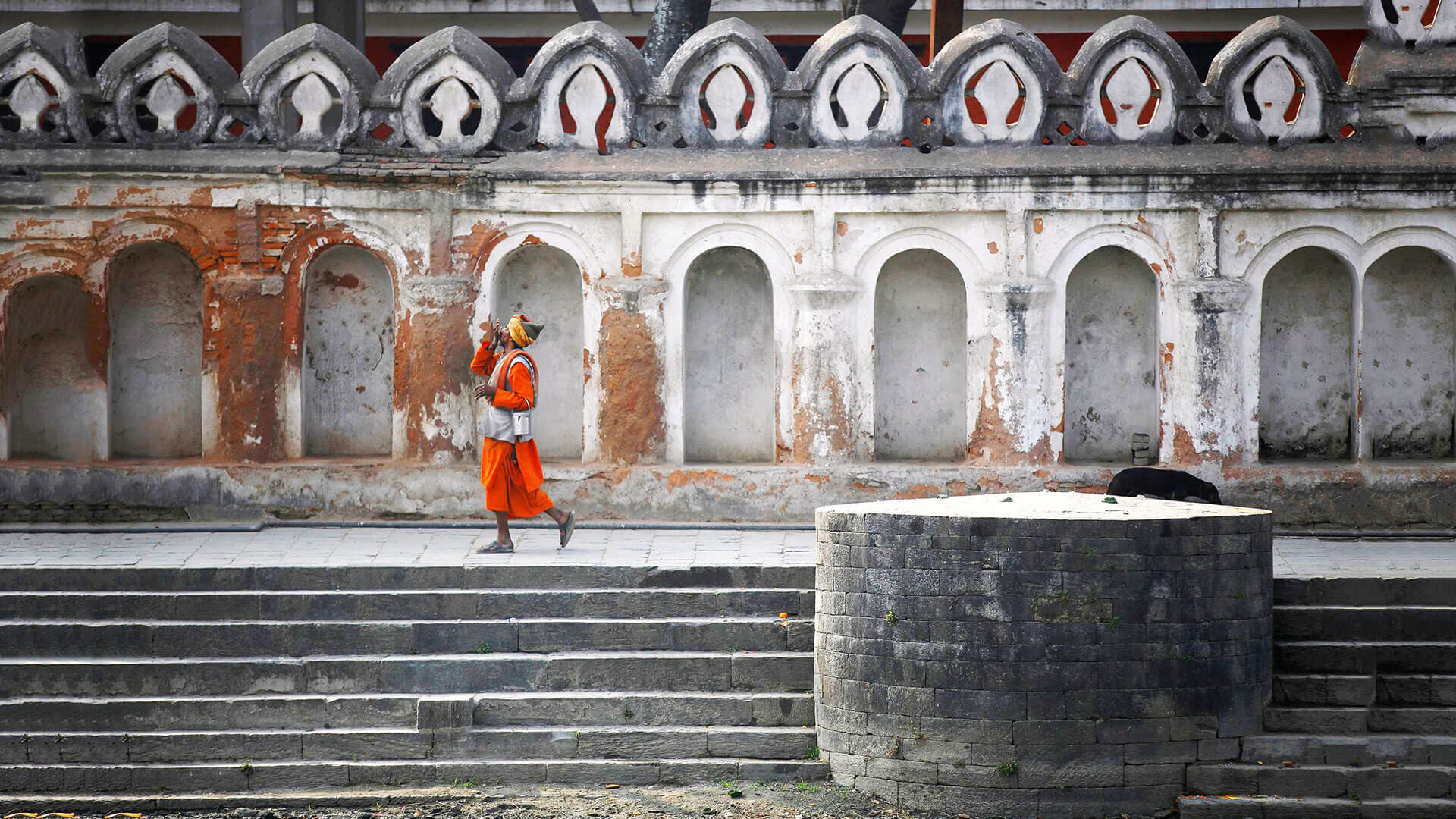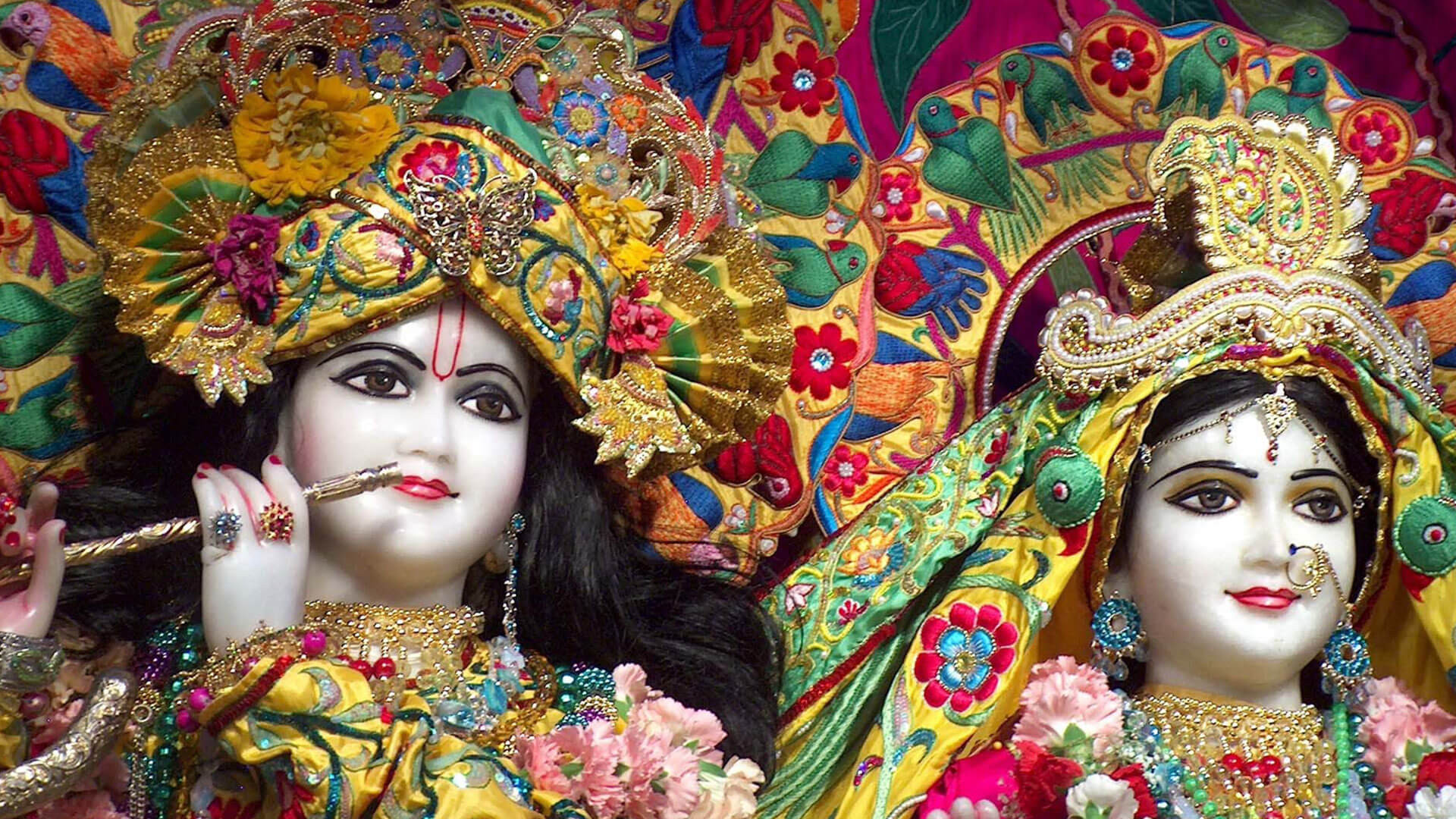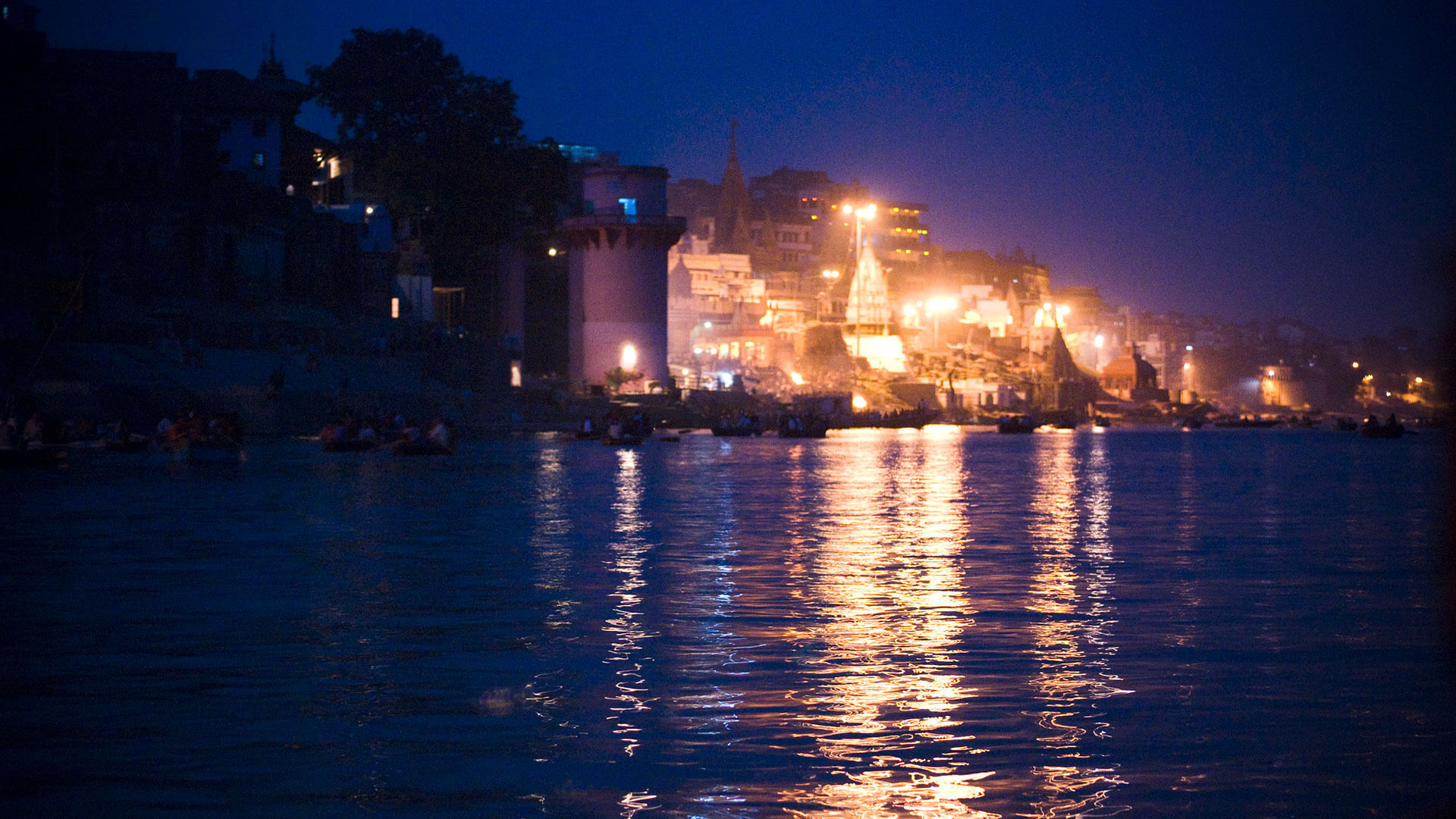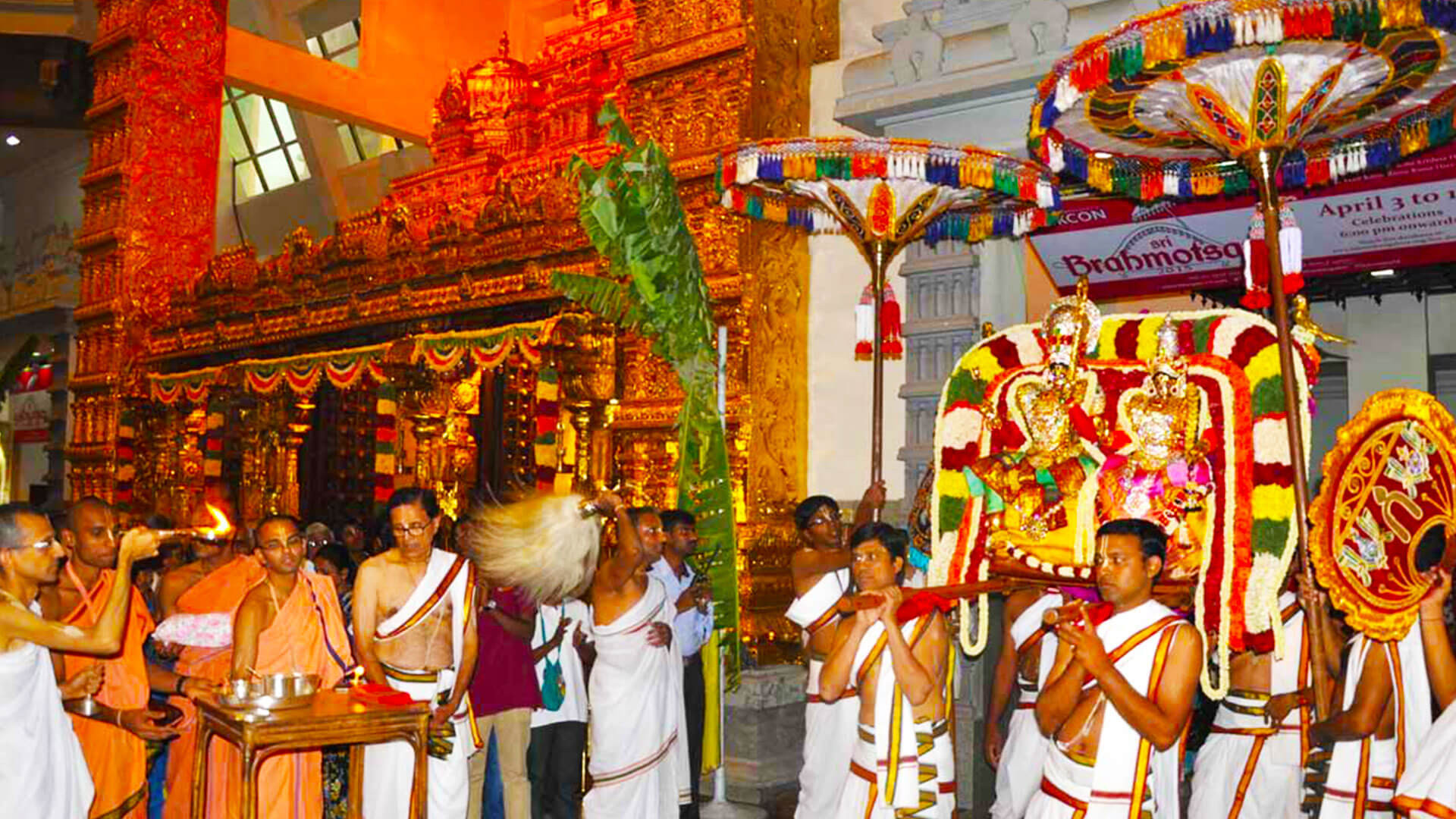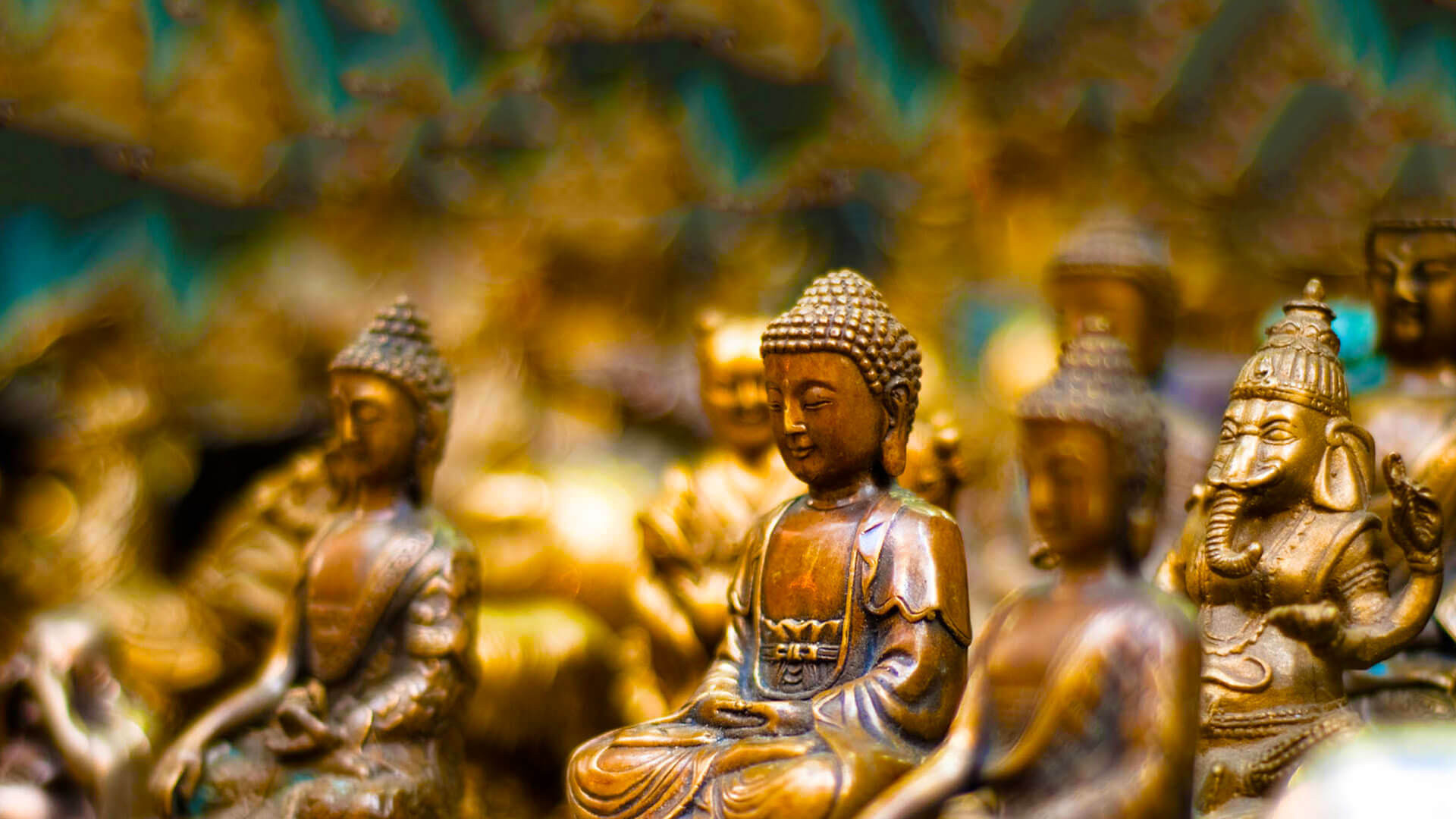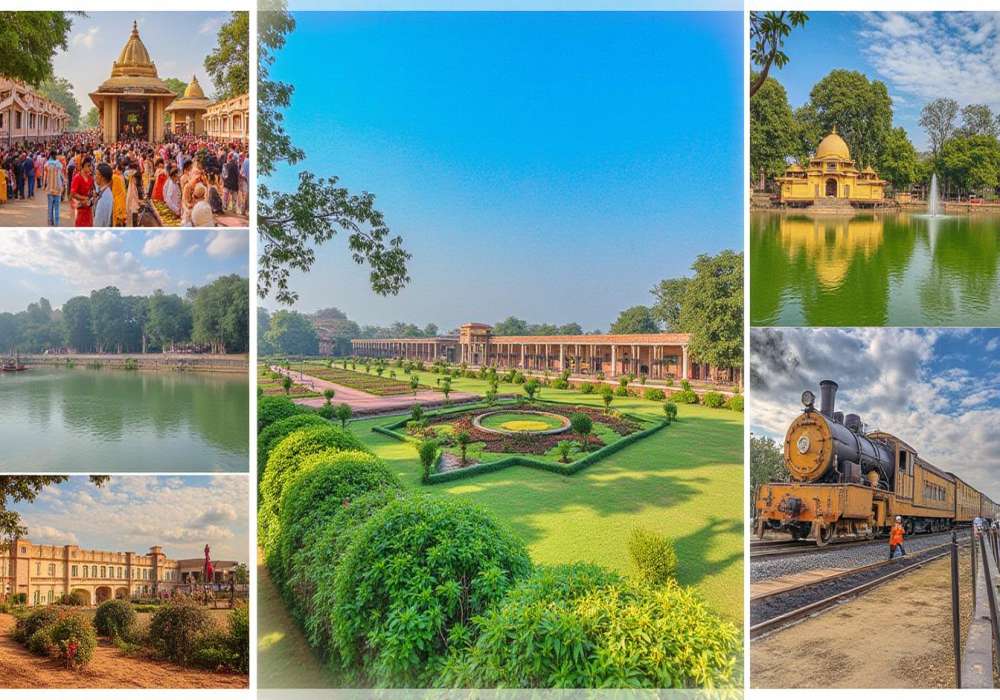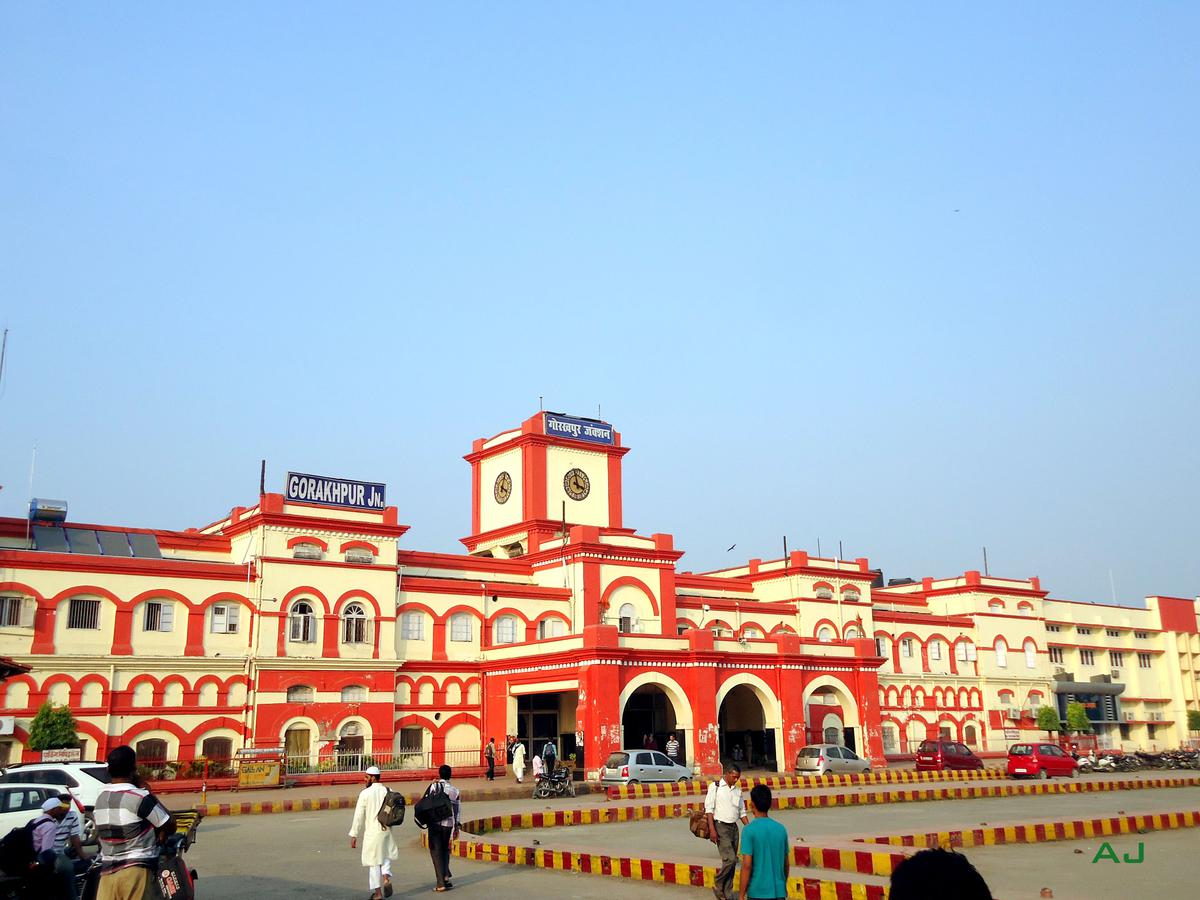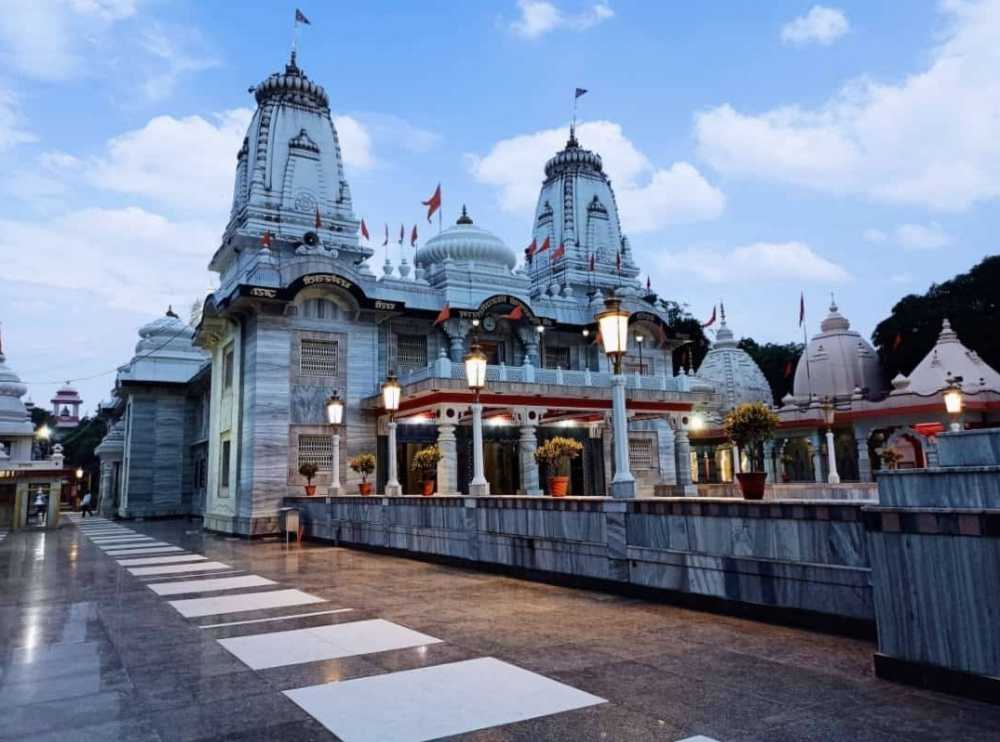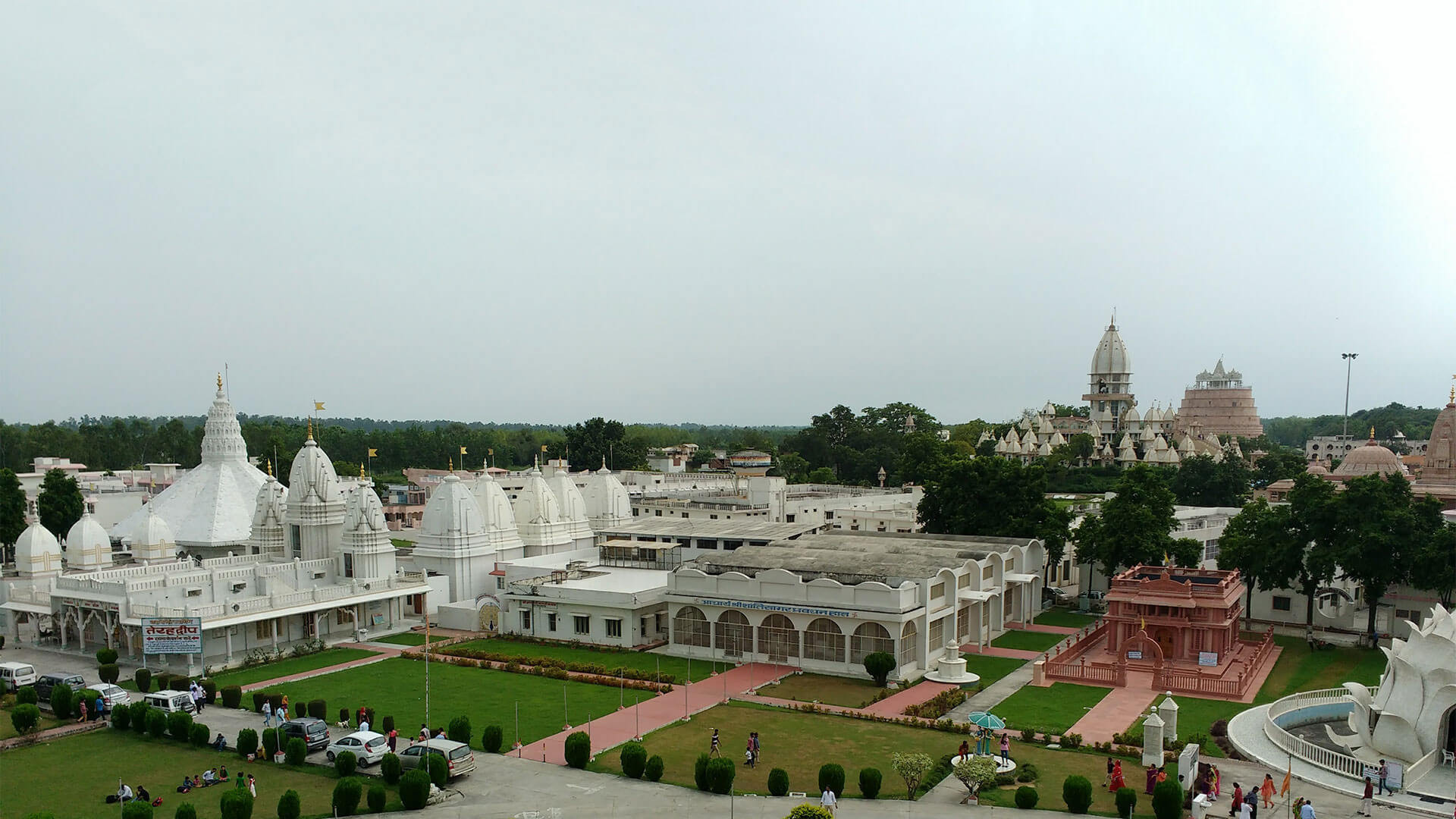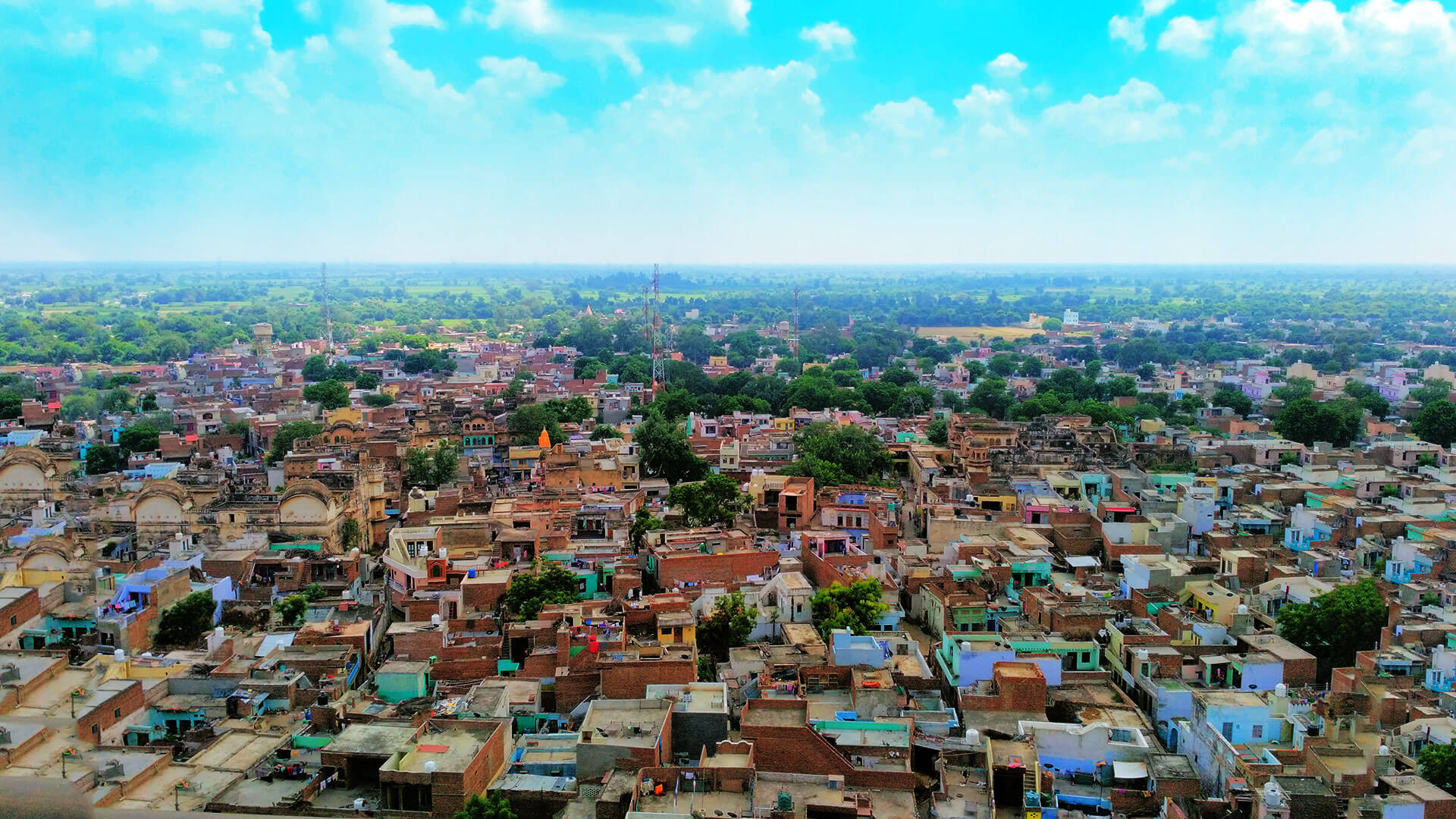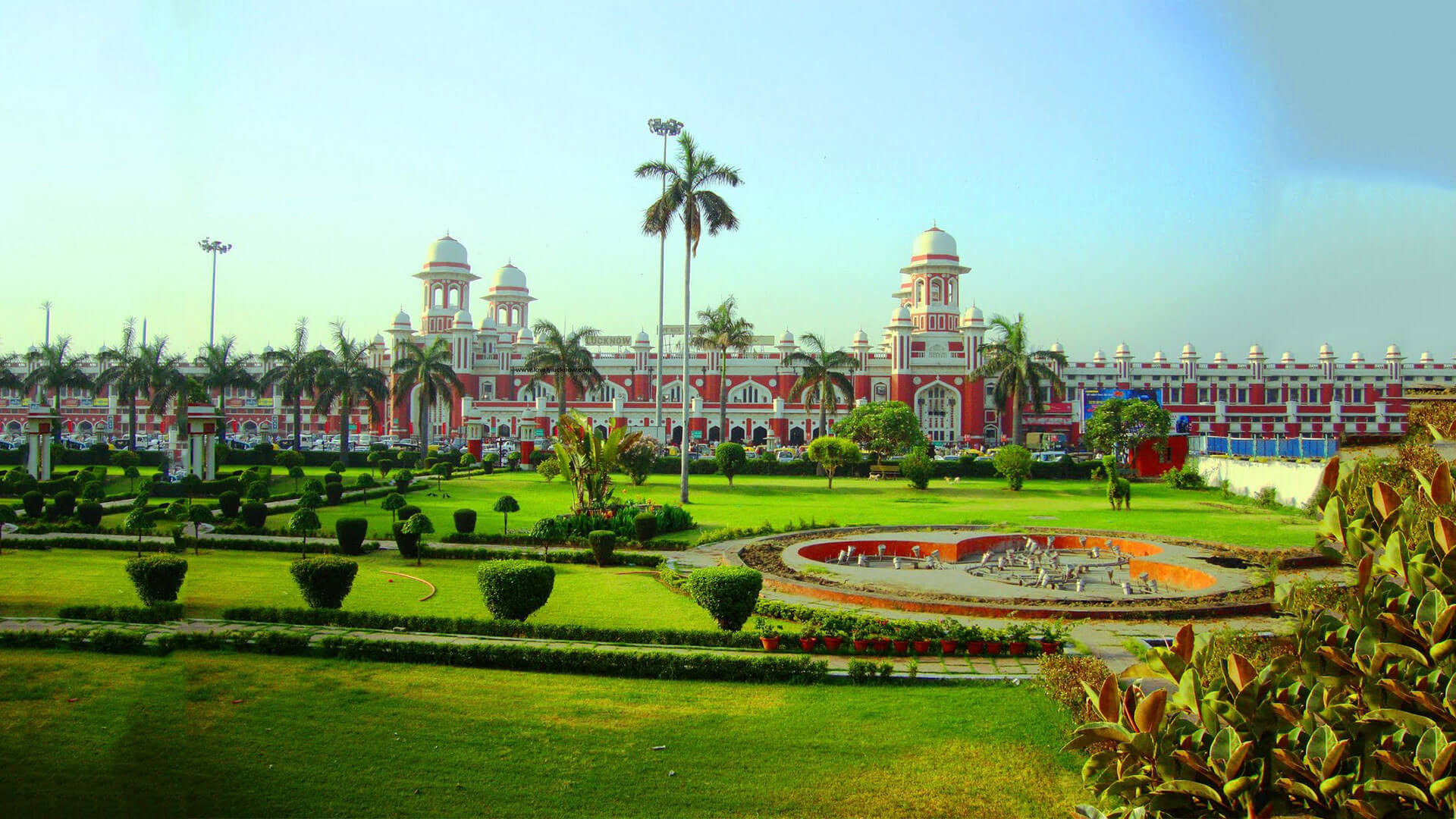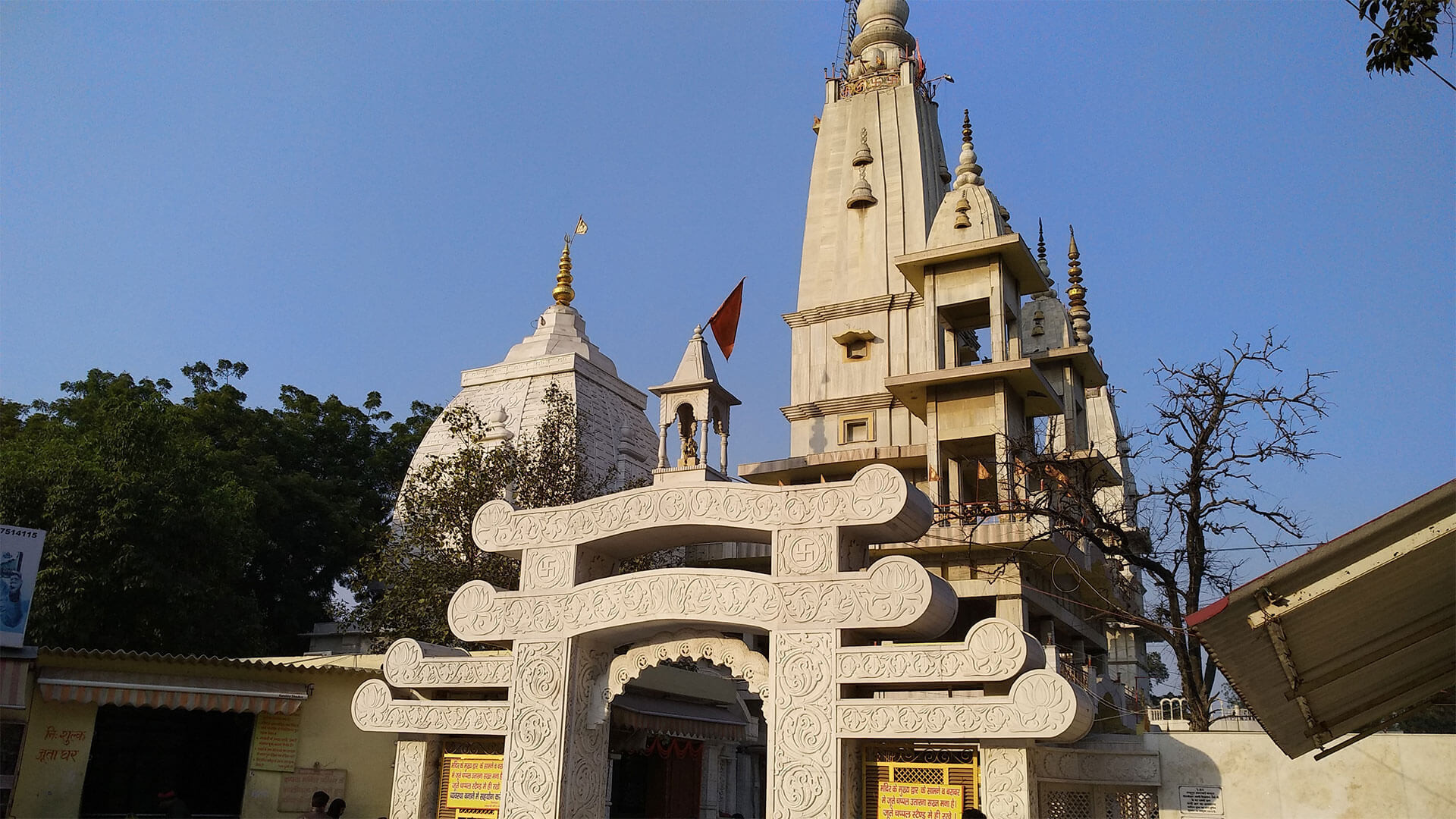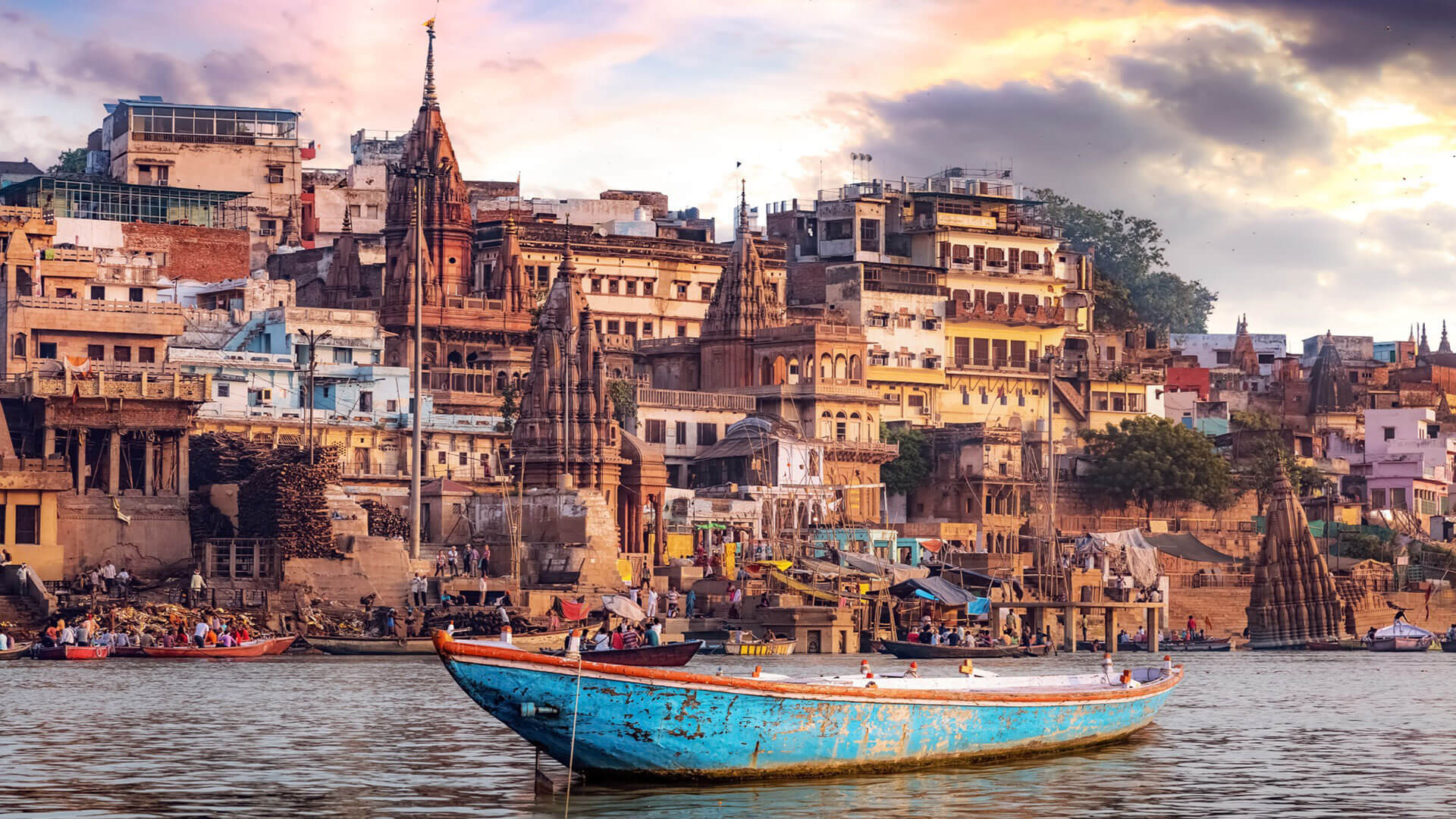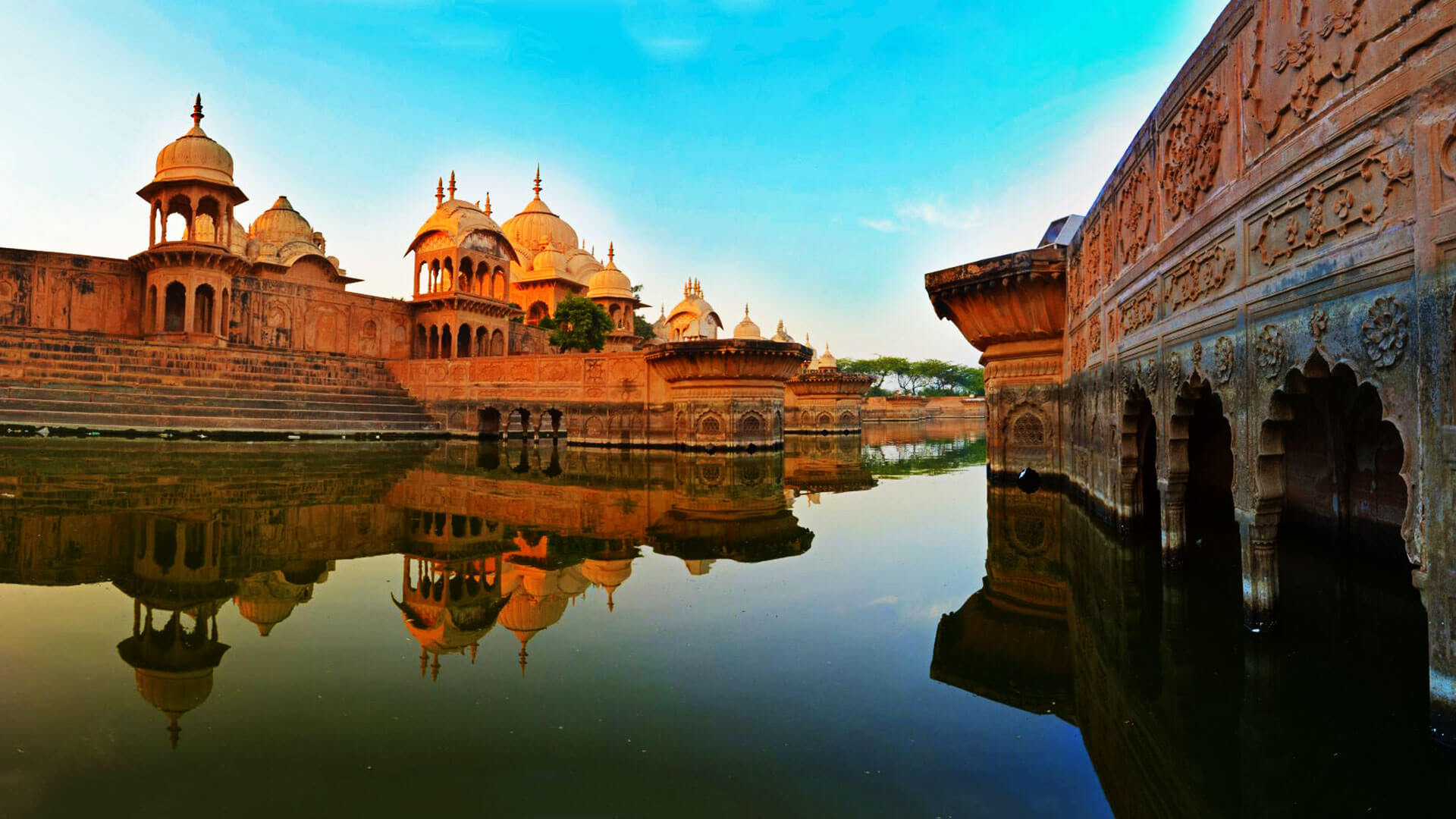Ayodhya – The Birthplace of Lord Rama
Considered one of the seven holy cities, Ayodhya is highly important to Hindu devotees. The city is revered as the Janam Bhoomi (birthplace) of Lord Rama and has seen nothing but prosperity and contentment in its inhabitants since ancient times.
From a tourism perspective, people who want to experience the essence of Indian culture must consider planning a trip to this culturally vibrant destination. It is situated on the banks of the holy river Sarayu, and as it is associated with Hinduism, one can see a great number of temples and behold the sacred heritage that this religious tourist destination has to offer.
People who want to grow spiritually must visit Indian holy cities like Ayodhya. These places connect people with their glorious history and help them understand the significance of Vedanta and our sacred texts. One can also explore various temples and historical sites in Ayodhya city. Keep reading to know more about Ayodhya.
Geography & Location
Ayodhya is situated in Faizabad district of Uttar Pradesh, about 135 km from Lucknow, the state capital. The Saryu River, which flows through the city, is considered sacred, and its ghats are important sites for religious activities.
History of Ayodhya
Ayodhya was the capital of Kosala. However, many scholars believe that it resembles another town known as Saketa. This is the town where it is believed Lord Buddha also once resided and spread his teachings of Buddhism.
Later in history, the presence of Buddhist centres in this region was noted. Apart from Buddhist monasteries, many other monuments, like Buddhist shrines, were founded by Emperor Ashoka in the 3rd century BCE
Kanauj
With the passing of time, the kingdom of Kanauj rose in this region. It was also known as Oudh or Awadh during the 11th and 12th centuries. According to historical records, the city was later included in the Delhi Sultanate, and by the 16th century, the Mughals had the reins of the city in their hands.
Modern History
In the 18th century, this city came under the British East India Company's shadow when it was annexed due to the subsequent loss of rights by the hereditary land revenue receivers. Then, in 1877, it was joined with the Agra Presidency with the goal of forming North-Western Provinces, which today is referred to as Uttar Pradesh.
Major Attractions in and Around Ayodhya
Complete your visit to Ayodhya by visiting the following top tourist attractions:
1. Shri Ram Janmabhoomi Temple
It is believed that Lord Rama was born here as the seventh Avatar of Lord Vishnu. If you want to feel the nostalgia associated with the glorious Hindu Itihaas, then Ramjanma Bhoomi won’t disappoint you. It is a beautiful place to visit and spend a fantastic time with your family and friends. This place will indeed remain in your heart forever.
2. Hanuman Garhi
Dedicated as a worshipping place to Lord Hanuman, this temple is an amazing religious tourist destination. Its glory is known throughout Northern India. Interestingly, there is a custom associated with this temple. As per the custom, a person has to first receive darshan here before heading to the main temple dedicated to Lord Ram.
3. Nageshwarnath Temple
As per the legends, this temple was believed to be founded by Lord Ram’s son Kush. It is said that once, Kush lost his armlet while bathing in the Sarayu River. This same armlet was picked by one of the Nag-Kanyas who fell in love with him, and as she revered Lord Shiva, Kush erected a whole temple for her.
4. Awantika
An excellent place for foodies to enjoy scrumptious meals ranging from Chinese to Italian to Indian cuisines. The best part you’ll realise here is that the restaurant fits best in your pocket.
5. Bahu Begum ka Maqbara
This is the tomb of Queen Begum Unmatuzzohra Bano. It is one of the tallest buildings in Faizabad and a worthy example of non-Mughal architecture.
6. Gulab Bari
With an immense collection of roses and beautiful water fountains, the Tomb of Gulab Bari is fundamentally a maqbara of the Nawab Shuja-ud-Daula. It is an excellent place for history buffs to learn something new and exciting about our country’s past.
7. Kanak Bhawan
A beautiful palace-temple dedicated to Lord Rama and Goddess Sita, said to be gifted to Sita by Queen Kaushalya after her marriage.
8. Saryu River & Ram Ki Paidi
A sacred riverbank where devotees take holy dips and participate in the evening aarti. The sight of thousands of lamps floating on the river is mesmerizing.
9. Treta Ke Thakur Temple
A temple where Lord Rama is believed to have performed the Ashwamedha Yajna. It houses beautiful black stone idols of Lord Rama, Sita, Lakshmana, and Hanuman.
10. Guptar Ghat
A peaceful ghat on the banks of the Saryu River, where Lord Rama is believed to have taken Jal Samadhi (immersion into the divine).
Things to Do in Ayodhya
- Attend the Evening Aarti at Saryu River
- Participate in the Deepotsav Festival
- Take a Heritage Walk Through Ayodhya
- Visit Nearby Faizabad
- Experience Ramleela Performances
Festivals Celebrated in Ayodhya
- Ram Navami
- Deepotsav (Diwali)
- Makar Sankranti (Khichdi Mela)
- Kartik Purnima
- Shravan Jhula Mela
Best Time to Visit Ayodhya
- Winter (October–March): Pleasant weather, ideal for temple visits and festivals.
- Spring (March–April): Perfect for Ram Navami celebrations.
- Monsoon (July–September): Lush greenery but occasional heavy rains.
How to Reach Ayodhya
The city of Ayodhya has great historical significance. It is believed to be the birthplace of Lord Rama. From Delhi, Bengaluru, Kolkata, and Mumbai, it is located at an approximate distance of 688, 1,899, 873, and 1,512 km, respectively. Let’s see how you can reach Ayodhya using the following routes.
By Air
The two nearest airports to Ayodhya are Lucknow Airport and Faizabad Airport. Lucknow Airport is considered to be the prime airport serving these regions. It is 150 km from Ayodhya, whereas Faizabad Airport is 8-10 km away.
Chaudhary Charan Singh International Airport, a.k.a. Lucknow Airport has good connectivity with other Indian cities. Named after the fifth Prime Minister of India, this airport also features ILS CAT-III-B functionality, which enables flights to land here in bad weather conditions.
After deboarding at the airport, you will need to take a cab or other public transportation to reach your respective destination.
By Road
You can also consider travelling to Ayodhya via road networks. Here is how to do so.
- From Ajmer - 839 km via NH48 and Agra-Lucknow Expressway
- From Delhi - 699 km (approx) via NH19 and NH27
- From Gwalior - 474 km via NH19 and NH27
- From Jaipur - 707 km via Agra Rd and NH27
You can also consider travelling via interstate buses to Ayodhya. Depending on your location, you can easily book buses online.
By Train
Ayodhya has a train junction by the same name. It is well connected with places like Varanasi, Lucknow, Gorakhpur and Aligarh.
Apart from Ayodhya Junction, you can also consider the Faizabad Junction, situated at an approximate distance of 8-10 km. As you deboard at the Ayodhya Junction, you can easily take a cab or an auto to reach your destination.
Conclusion
With the newly inaugurated Ram Mandir, Ayodhya has captured the attention of many! If you are interested in the spiritual solace in Ayodhya, book now with adotrip.com and let your journey begin. Experience seamless travel services and 24/7 assistance.
With us, nothing is far!
Frequently Asked Questions about Ayodhya
Q. What is Ayodhya known for?
A. Ayodhya is known as a Hindu pilgrimage site and the birthplace of Lord Ram according to Hindu mythology. It is also famous for the Ram Janmabhoomi temple, a Hindu temple dedicated to Lord Ram.
Q. What is the Ram Janmabhoomi temple?
A. The Ram Janmabhoomi temple is a Hindu temple dedicated to Lord Ram and is located in Ayodhya. It is a significant site for Hindu pilgrims and is believed to be the birthplace of Lord Ram.
Q. Is Ayodhya a historical city?
A. Ayodhya has a rich cultural and historical heritage and has been mentioned in several ancient Hindu texts and epic stories. The city has been a Hindu pilgrimage centre for many centuries and an important cultural and religious centre in India.
Q. Why Ayodhya is famous?
A. Ayodhya is famous for being the birth place of Lord Rama. It is now a site of newly inaugurated Ram Mandir.
Q. Where is Ayodhya?
A. Ayodhya is situated in the state of Uttar Pradesh, India.
Q. How many days are enough to explore Ayodhya?
A. 1–2 days are enough to visit major temples, ghats, and cultural sites.
Popular Packages
Blogs
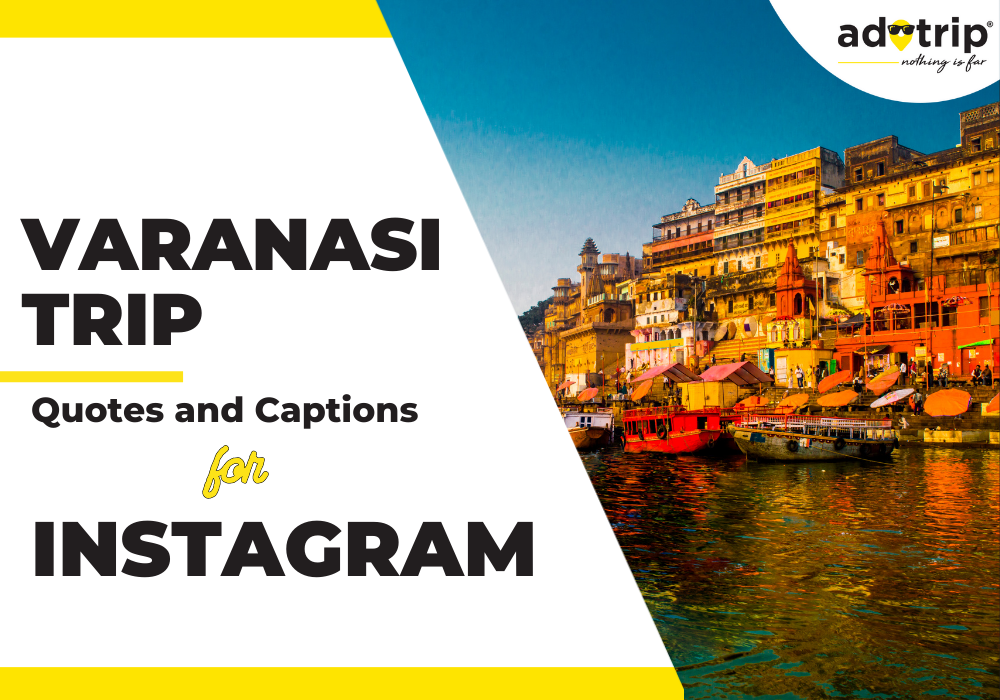
Varanasi Trip Quotes And Caption For Instagram

17 Best Places To Visit In Agra 2025
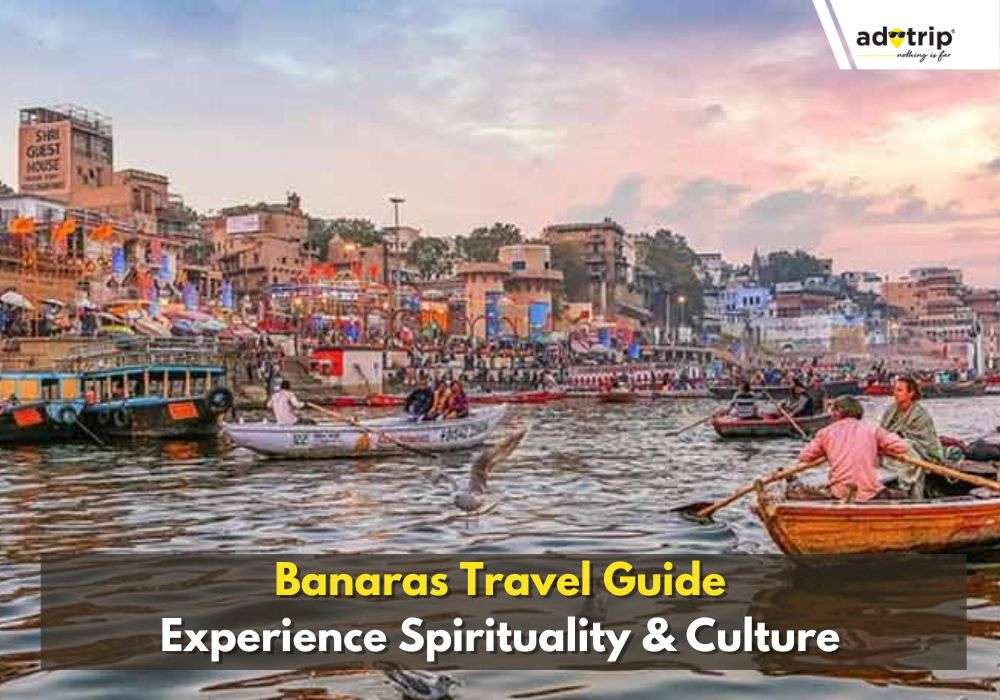
Banaras Travel Guide: Experience Spirituality & Culture

Best Things To Do In Agra Other Than Witnessing Taj Mahal

10 Famous Food Of Uttar Pradesh You Must Try In 2025
Nearby Stays
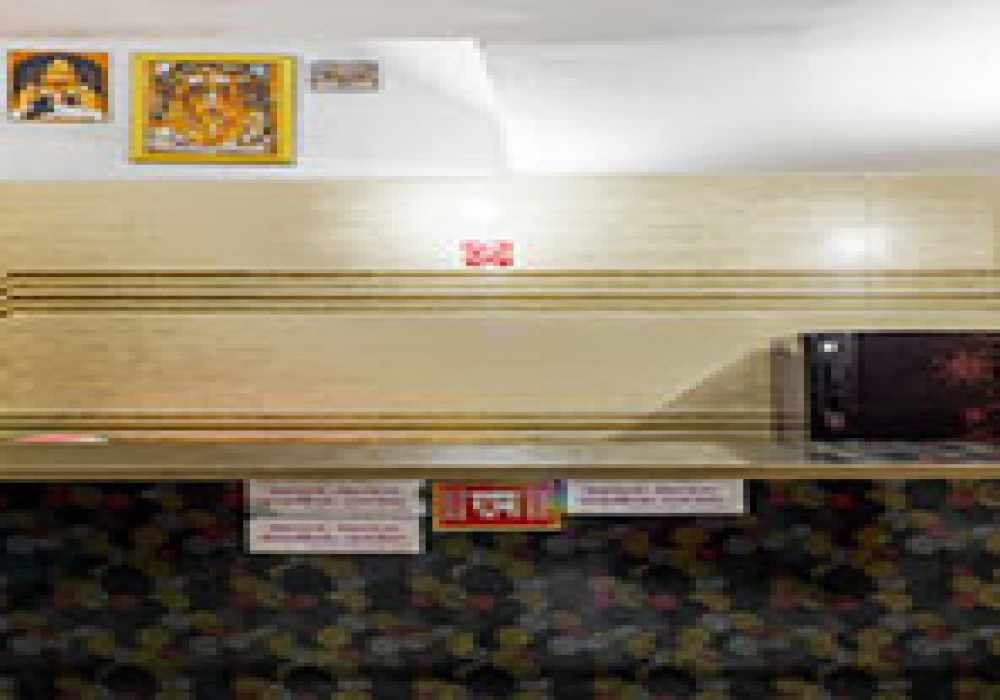
SPOT ON 61262 Bhagat Ji Guest House
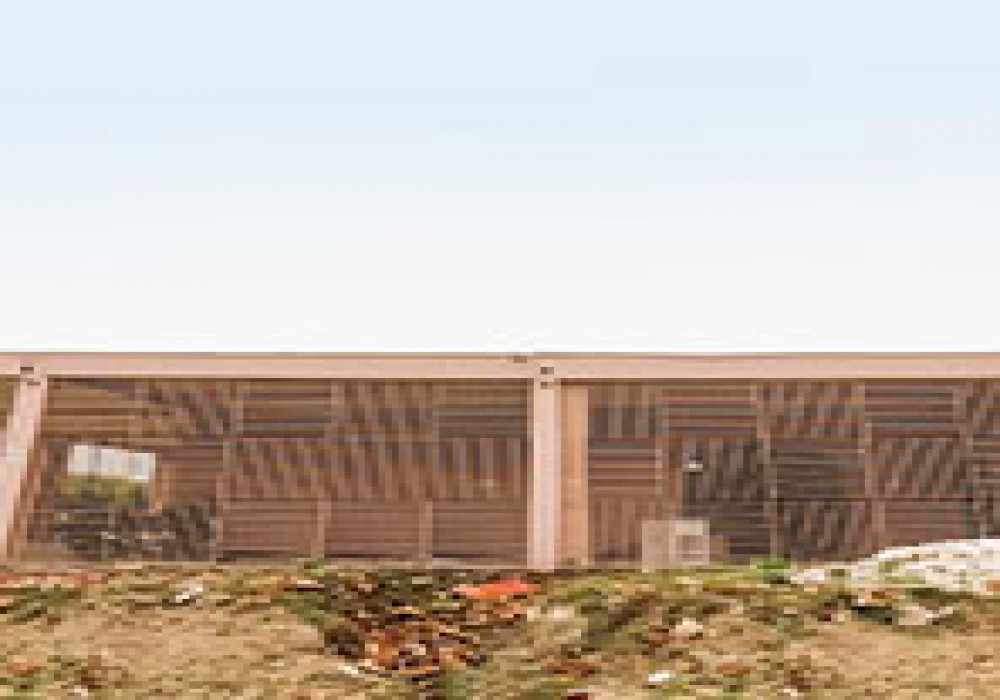
Hotel Royal

Hotel Balaji Palace
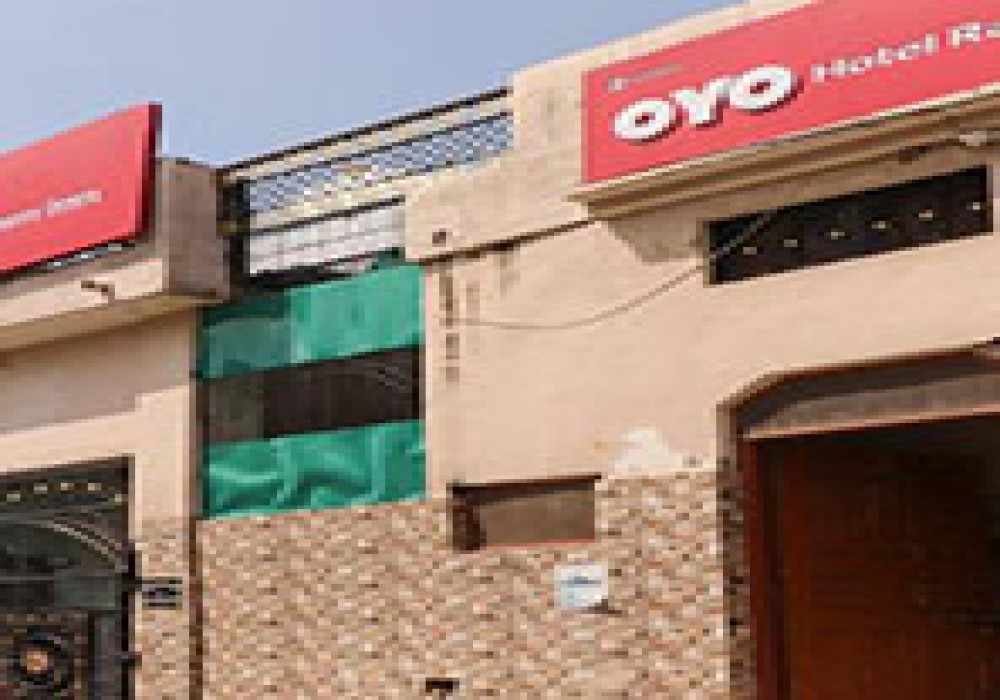
Hotel Ram Inn Saver


